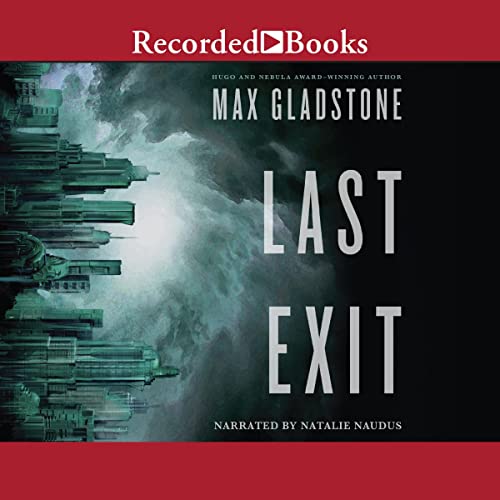 Last Exit by Max Gladstone
Last Exit by Max Gladstone Narrator: Natalie Naudus
Format: audiobook
Source: supplied by publisher via NetGalley
Formats available: paperback, ebook, audiobook
Genres: fantasy, horror, urban fantasy
Pages: 400
Length: 21 hours and 3 minutes
Published by Tor Books on March 8, 2022
Purchasing Info: Author's Website, Publisher's Website, Amazon, Barnes & Noble, Kobo, Bookshop.org, Better World Books
Goodreads
Ten years ago, Zelda led a band of merry adventurers whose knacks let them travel to alternate realities and battle the black rot that threatened to unmake each world. Zelda was the warrior; Ish could locate people anywhere; Ramon always knew what path to take; Sarah could turn catastrophe aside. Keeping them all connected: Sal, Zelda’s lover and the group's heart.
Until their final, failed mission, when Sal was lost. When they all fell apart.
Ten years on, Ish, Ramon, and Sarah are happy and successful. Zelda is alone, always traveling, destroying rot throughout the US.
When it boils through the crack in the Liberty Bell, the rot gives Zelda proof that Sal is alive, trapped somewhere in the alts.
Zelda’s getting the band back together—plus Sal’s young cousin June, who has a knack none of them have ever seen before.
As relationships rekindle, the friends begin to believe they can find Sal and heal all the worlds. It’s not going to be easy, but they’ve faced worse before.
But things have changed, out there in the alts. And in everyone's hearts.
Fresh from winning the Hugo and Nebula Awards, Max Gladstone weaves elements of American myth--the muscle car, the open road, the white-hatted cowboy--into a deeply emotional tale where his characters must find their own truths if they are to survive.
My Review:
There was a serpent gnawing at the roots of the world. Zelda, June, Sarah, Ramon and Ish go on the road trying to do something to slow it down or keep it at bay or just stop it. If they can. Because they believe they must. Because they tried before – and they failed.
But, and it’s a very big but that fills the sky with thunder and lightning and cracks the ground all around them every place they go – is that “last exit” they’re searching for the last exit to get OFF the road that is heading TO hell, or is it the last exit to get ON that road. Differences may be crucial – and nearly impossible to judge when the critical moment arrives with the ring of boot heels on cracked and broken pavement.
Ten years ago, five college students (Sal, Zelda, Sarah, Ramon and Ish) who all felt like outsiders at their preppy, pretentious Ivy League school (cough Yale cough) discovered that they each had a ‘knack’ for exploring the multiverse. So, they decided to go on an adventure instead of heading out into the real world of adulting, jobs and families.
They wanted to make the world better – or find a world that was better – rather than settle for and in the world they had. So they went on ‘The Road’ and explored all the alternate worlds they could find within the reach of their “souped up” car.
They found adventure all right. And they were all young enough to shrug off the danger they encountered and the damage they took escaping it. But what they did not find was anyplace better. They didn’t even find anywhere that was all that good.
They helped where they could and escaped where they had to and generally had a good time together. But, and again it’s a very big but, all the worlds they found had given way to the same terrible applications of power and privilege and use and abuse that are dragging this world down. They found death cults and dictatorships and slavery and madness everywhere they went.
The multiverse was rotting from within, because there was a serpent gnawing at the roots of the world.
So together they embarked upon a desperate journey to the Crossroads at the heart of all the multiverses, the place where there might be a chance to not just shore up the forces of not-too-bad in one alternate world, but in all the alternate worlds all at the same time.
They failed. And they lost the woman who was their heart and their soul. Sal fell through the cracks of the world. She was lost to the rot that was destroying not just the alts but their own world as well.
That could have been the end of their story. And it almost was. Without Sal, they fell apart. Individually and collectively. Sarah went to medical school and raised a family. Ish raised a tech empire. Ramon tried to destroy himself, tried to forget, and ended up back where he started.
And Zelda stayed on the road, sleepwalking through ten years of loneliness, doing her best to plug the holes in this world where the rot was creeping in.
Because it was all their fault – it was all her fault. She lost Sal, the woman she loved – and then everything fell apart. She feels duty-bound, obligated and guilt-ridden, to fix it.
It takes ten years, and a kick in the pants from Sal’s cousin June, for Zelda to finally acknowledge that the only way she can fix what she broke, what they broke, is going to require more than a little help from their friends.
If they’re willing to take one final ride on the road.
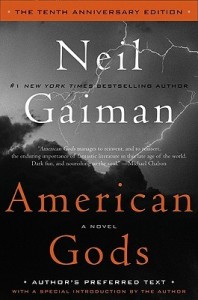 Escape Rating A-: In the end, Last Exit is awesome. But it takes one hell of a long and painful journey to reach that end. Because it starts with all of them not just apart, but in their own separate ways, falling apart. And it ends with all of their demons coming home to roost – and nearly destroying them – as they relive the past and do their damndest to push through to either some kind of future – or some kind of sacrifice to balance out the one they already made when they lost Sal.
Escape Rating A-: In the end, Last Exit is awesome. But it takes one hell of a long and painful journey to reach that end. Because it starts with all of them not just apart, but in their own separate ways, falling apart. And it ends with all of their demons coming home to roost – and nearly destroying them – as they relive the past and do their damndest to push through to either some kind of future – or some kind of sacrifice to balance out the one they already made when they lost Sal.
The reader – along with Zelda and Sal’s cousin June – starts out the story believing that it’s all about the journey. Or that it’s a quest to reach a specific destination that may or may not be Mount Doom. It’s only at the very, very bitter end that they – and the reader – figure out that it was about the perspective all along.
A lot of readers are going to see a resemblance to Stephen King’s Dark Tower series, but I haven’t read that so it wasn’t there for me. What I saw was a sharp comparison to American Gods by Neil Gaiman – both because it’s very much an “American Road Story”, even if most of the Americas are alts, but especially because of that sudden, sharp, shock at the end, where the reader has to re-think everything that came before.
I listened to Last Exit all the way through, and the narrator did a terrific job of differentiating the voices. There was a lyricism to the characters’ internal dialogs that she conveyed particularly well – it was easy to get caught up in each one’s internal thoughts and understand where they were coming from, even if the sheer overwhelming amount of angst most of them were going through was occasionally overwhelming – both for the characters and for the listener.
Part of what makes this a densely packed and difficult story and journey is that the main character and perspective is Zelda – who is just a hot mess of angst and guilt and regret. We understand why she blames herself for everything – whether anything is her fault or not – but there seems to be no comfort for her anywhere and you do spend a lot of the book wondering if she’s going to sacrifice herself because she just can’t bear it a minute longer.
The story feels a bit disjointed at points because the narrative is disjointed both because Zelda keeps telling and experiencing snippets of what happened before interwoven with what’s happening now and because the alts themselves are disjointed. It’s clear there’s some kind of organizing geography, but I just didn’t quite see it. To me, the alts all sounded like various aspects of the fractured future Earth in Horizon: Zero Dawn and I stopped worrying about what went where.
There were a lot of points where I seriously wondered where this was all going. Where it ended up wasn’t what I was initially expecting – at all. But it was one hell of a journey and I’m really glad I went, even if I needed a cocoa and a lie-down to recover from the sheer, chaotic wildness of the ride..

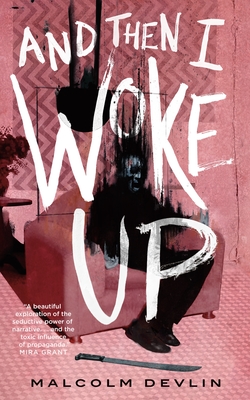 And Then I Woke Up by
And Then I Woke Up by 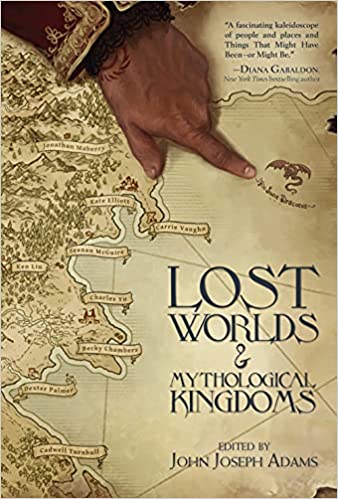 Lost Worlds and Mythological Kingdoms by
Lost Worlds and Mythological Kingdoms by 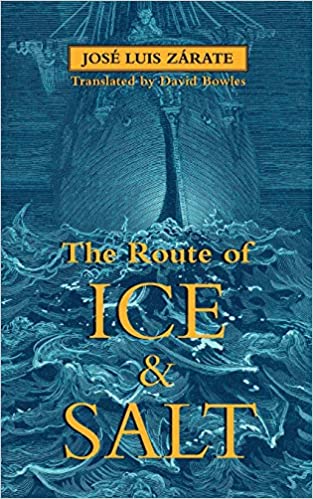 The Route of Ice and Salt by
The Route of Ice and Salt by  (If you haven’t read the original, it’s available in
(If you haven’t read the original, it’s available in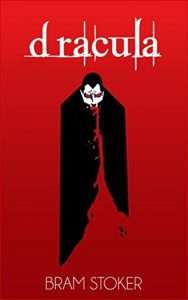 Escape Rating A-: Dracula may be the entry point for this story for many readers, but the Count isn’t exactly THE point of the story. The Route of Ice and Salt is cult classic of Mexican fantasy, first published in 1998 by a small comic book publisher that didn’t survive its attempt to jump from comic books to prose. This is the first translation of the work into English, and it’s a creeping fever dream of a story that picks up on themes that were subtext in Dracula – and other early vampire stories – and moves them from subtext to explicit text.
Escape Rating A-: Dracula may be the entry point for this story for many readers, but the Count isn’t exactly THE point of the story. The Route of Ice and Salt is cult classic of Mexican fantasy, first published in 1998 by a small comic book publisher that didn’t survive its attempt to jump from comic books to prose. This is the first translation of the work into English, and it’s a creeping fever dream of a story that picks up on themes that were subtext in Dracula – and other early vampire stories – and moves them from subtext to explicit text.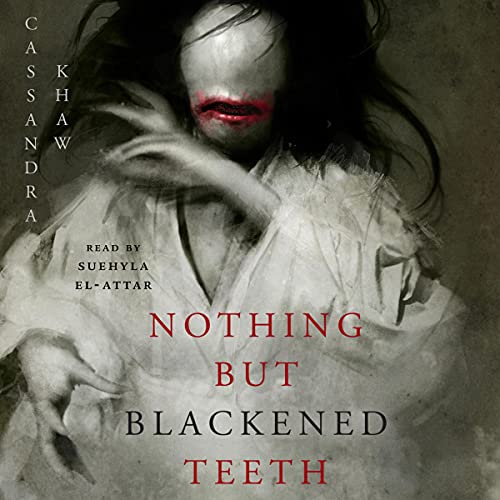 Nothing But Blackened Teeth by
Nothing But Blackened Teeth by 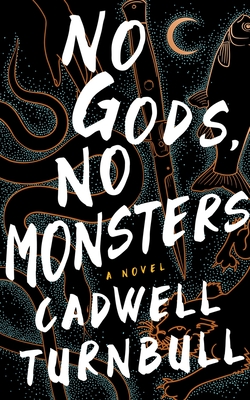 No Gods, No Monsters (The Convergence Saga, #1) by
No Gods, No Monsters (The Convergence Saga, #1) by 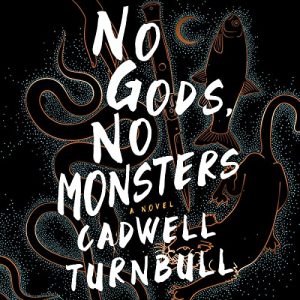 Speaking of perspectives, at least in the audiobook that I listened to they blurred into each other just a bit. The reader was good, and if his voice was intended to represent the unreliable narrator we begin and end the story with, he does a good job of representing that particular voice. But this story has a LOT of voices, all of whom are unreliable to one degree or another – some because they don’t know what they don’t know, and some because they don’t want to know what they don’t know – and the audio might have worked a bit better if there had been a few more narrators to help the listener keep track.
Speaking of perspectives, at least in the audiobook that I listened to they blurred into each other just a bit. The reader was good, and if his voice was intended to represent the unreliable narrator we begin and end the story with, he does a good job of representing that particular voice. But this story has a LOT of voices, all of whom are unreliable to one degree or another – some because they don’t know what they don’t know, and some because they don’t want to know what they don’t know – and the audio might have worked a bit better if there had been a few more narrators to help the listener keep track.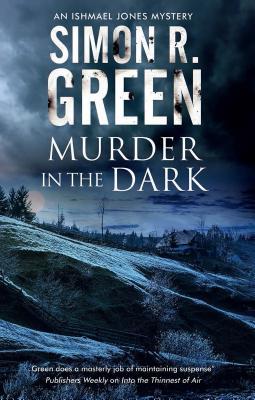 Murder in the Dark (Ishmael Jones, #6) by
Murder in the Dark (Ishmael Jones, #6) by 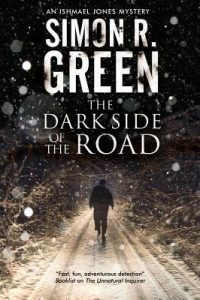 The stories in this series, for the most part, have been a play on the old country house murders. Ishmael met his romantic and investigative partner Penny Belcourt in the first book in the series,
The stories in this series, for the most part, have been a play on the old country house murders. Ishmael met his romantic and investigative partner Penny Belcourt in the first book in the series, 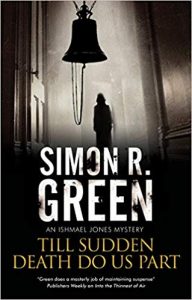 The thing that makes this series work is that in spite of any supernatural or extraterrestrial red herrings that may appear while Ishmael and Penny are desperately trying to figure out who’s bumping off the people they’re supposed to save, the reality turns out to be that the biggest, baddest and deadliest monsters in any setting are human. The evil that people are capable of doing to each other is much, much scarier than any mythical beast or raygun toting alien. That in the end the most horrible monsters are just people doing bad things because they’re selfish and greedy. And it’s that grounding in human monsters and human evil that keep the whole thing from flying over the top, jumping the shark, and landing in a cesspit full of slime monsters.
The thing that makes this series work is that in spite of any supernatural or extraterrestrial red herrings that may appear while Ishmael and Penny are desperately trying to figure out who’s bumping off the people they’re supposed to save, the reality turns out to be that the biggest, baddest and deadliest monsters in any setting are human. The evil that people are capable of doing to each other is much, much scarier than any mythical beast or raygun toting alien. That in the end the most horrible monsters are just people doing bad things because they’re selfish and greedy. And it’s that grounding in human monsters and human evil that keep the whole thing from flying over the top, jumping the shark, and landing in a cesspit full of slime monsters.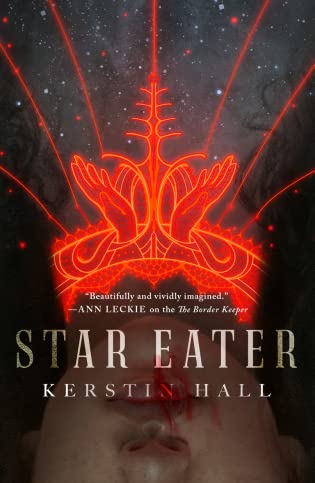 Star Eater by
Star Eater by  Escape Rating C+: This story is a hot mess and so is its protagonist Elfreda Raughn. And the story is not nearly as high-falutin’ or well-put together as the blurb would lead one to believe.
Escape Rating C+: This story is a hot mess and so is its protagonist Elfreda Raughn. And the story is not nearly as high-falutin’ or well-put together as the blurb would lead one to believe.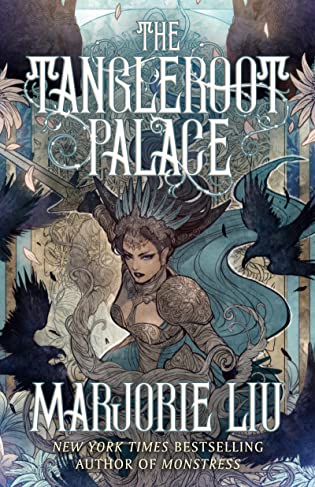 The Tangleroot Palace: Stories by
The Tangleroot Palace: Stories by 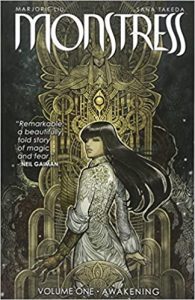 I picked this up not for her multiple award-winning
I picked this up not for her multiple award-winning 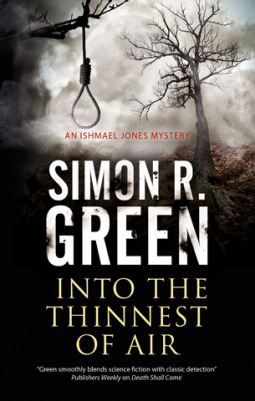 Into the Thinnest of Air (Ishmael Jones, #5) by
Into the Thinnest of Air (Ishmael Jones, #5) by 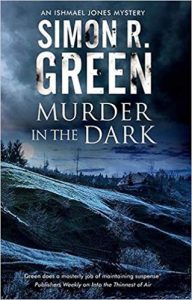 But Ishmael, who is not exactly human, doesn’t believe in the supernatural. He does, however, believe in the paranormal. In other words, he doesn’t believe in things that science will never be able to explain at all (supernatural) but does believe in things that science can’t explain yet (paranormal). After all, he is one. And he’s met plenty of others.
But Ishmael, who is not exactly human, doesn’t believe in the supernatural. He does, however, believe in the paranormal. In other words, he doesn’t believe in things that science will never be able to explain at all (supernatural) but does believe in things that science can’t explain yet (paranormal). After all, he is one. And he’s met plenty of others.